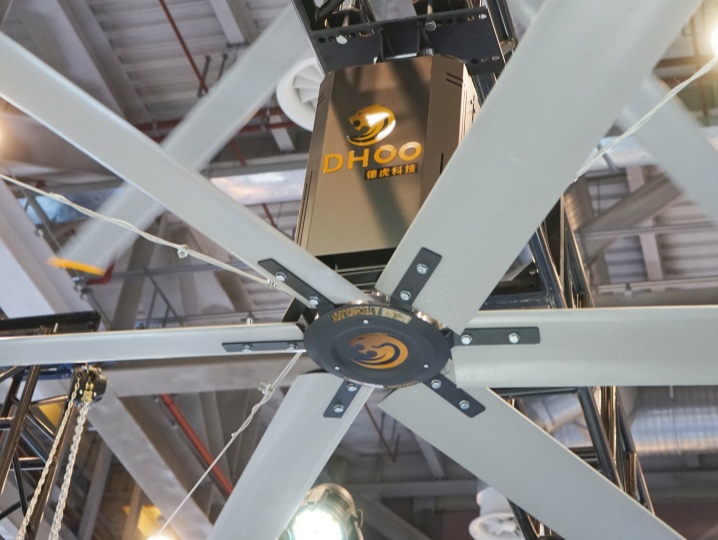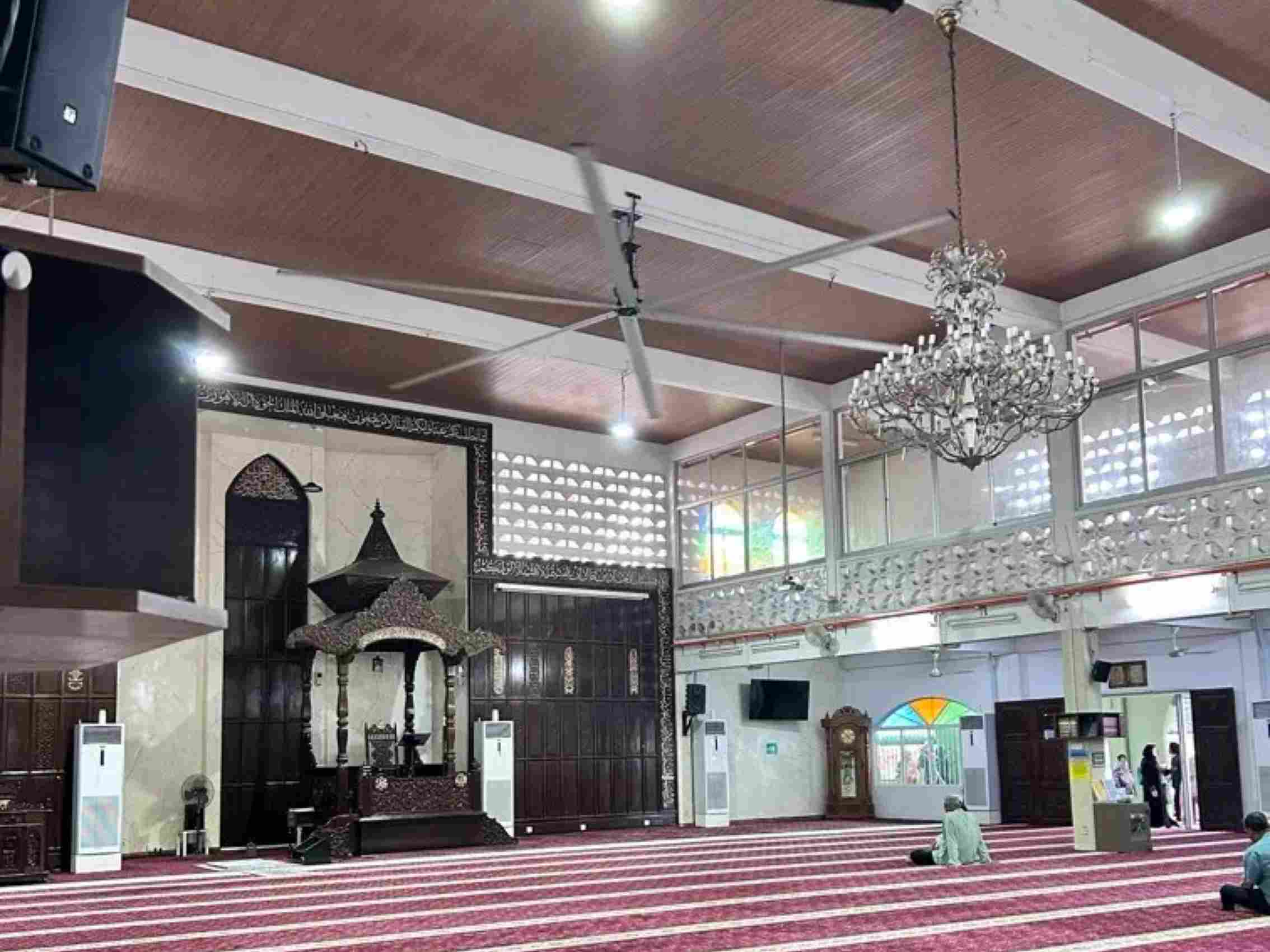Design Principles and Application Prospects of HVLS Fans
High-Volume, Low-Speed (HVLS) fans are a revolutionary innovation in the field of industrial and commercial ventilation. These fans are designed to move large volumes of air at low rotational speeds, offering energy-efficient and effective airflow solutions for vast spaces. This article explores the core design principles of HVLS fans and their potential applications across various industries.

Design Principles of HVLS Fans
The effectiveness of HVLS fans lies in their engineering and aerodynamics. Key design principles include:
Large Blade Diameter
HVLS fans typically have blades ranging from 2 to 7 meters in diameter.
The large surface area enables them to move significant volumes of air with each rotation.
Low Rotational Speed
Operating at low speeds reduces energy consumption while maintaining effective air circulation.
This design minimizes noise and wear on mechanical components.
Blade Aerodynamics
Blades are designed with airfoil profiles to maximize airflow and reduce drag.
Advanced designs often include winglets to enhance efficiency further.
Efficient Motors
HVLS fans are powered by high-efficiency motors, such as direct-drive or gearless systems, which reduce maintenance requirements and energy use.
Smart Controls
Many modern HVLS fans feature integrated smart controls for adjusting speed and direction based on environmental conditions.
These systems optimize performance and contribute to energy savings.
Application Prospects of HVLS Fans
HVLS fans are versatile and can be used in a variety of settings, including:
Industrial Facilities
Provide consistent air circulation in warehouses, factories, and workshops.
Improve worker comfort and reduce the risk of heat stress.
Aid in the dispersion of fumes and odors.
Commercial Spaces
Ideal for shopping malls, gyms, and event venues.
Enhance customer experience by maintaining a comfortable environment.
Agricultural Settings
Regulate temperature and humidity in barns, poultry houses, and greenhouses.
Promote healthier conditions for livestock and crops.
Energy Efficiency Initiatives
Complement HVAC systems by evenly distributing conditioned air, reducing the need for high energy output.
Enable significant energy savings in large spaces.
Emergency and Disaster Relief
Provide ventilation in temporary shelters or large indoor spaces used during emergencies.
Future Developments and Innovations
The future of HVLS fans is promising, with ongoing advancements focusing on:
Integration with IoT: Enabling remote monitoring and predictive maintenance.
Renewable Energy: Incorporating solar-powered designs for off-grid applications.
Customization: Developing specialized blade designs for specific environments.
Sustainability: Enhancing materials and production methods to reduce environmental impact.
Conclusion
HVLS fans are a cornerstone of modern ventilation systems, combining energy efficiency with effective airflow solutions. Their design principles ensure reliability and performance, while their broad application prospects make them indispensable across industries. As technology advances, HVLS fans are set to play an even more significant role in sustainable and intelligent ventilation systems worldwide.
 New Year Holiday Notice
New Year Holiday Notice
 Large Ceiling Fans: The Soluti
Large Ceiling Fans: The Soluti
 Enhancing Public Comfort with
Enhancing Public Comfort with
 Fall Prevention Measures for L
Fall Prevention Measures for L
